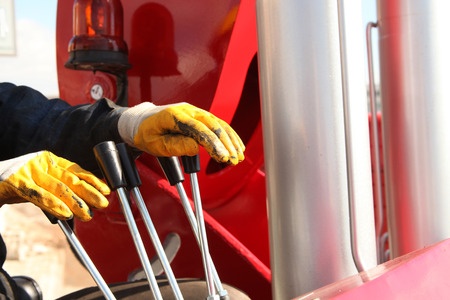 Crane operation is not something any person can just do without some prior instruction, training and or experience. After all, these machines can have life or death consequences if not handled properly. Therefore, it’s important to know about some do’s and don’ts of crane operating so no one dies on-site.
Crane operation is not something any person can just do without some prior instruction, training and or experience. After all, these machines can have life or death consequences if not handled properly. Therefore, it’s important to know about some do’s and don’ts of crane operating so no one dies on-site.
What are some general operator “do’s” when it comes to crane operation?
Do’s
- Do use common sense. It’s certainly important– operators need to have and use common sense procedures which they’ll gain from training, book knowledge, and, of course, experience on-the-job. If something seems too risky or too “out there,” then it shouldn’t be attempted.
- Do use hand signals when appropriate. They are important because they help direct the process of hoisting things as well as crane operations in general. A good crane operator knows and uses hand signals. Anytime someone gives a stop signal, that signal needs to be obeyed. There’s obviously a serious reason why someone would use a stop signal.
- Do comply with the method statement, lifting plan and job safety analysis. A written lift plan should be in place. Make sure maintenance and preventive checks are carried out and documented. Also make sure lifting and rigging equipment is certified for proper use.
- Do make sure the rigging capacity and the material load match.
- Do pay attention to the counterweight and housing rotation radius of the crane. It should be barricaded so workers don’t get struck when there’s movement.
- Do inspect the crane before using it, as well as lifting tools. Check that the outrigger and boom oil aren’t leaking. Are the slings and ropes in good condition? How’s the angle of the sling? How’s the center of gravity of the crane? Basically, do safety checks.
- Do discipline workers who don’t follow the rules or orders. You shouldn’t just “let this one slide.” Do educate others about safety procedures and such– as a leader on-site, you’re responsible for knowing a lot of information and conveying key information to others.
What are some general operator “don’ts” when it comes to crane operation? There are plenty!
Don’ts
- Don’t do work you’re not qualified or authorized to do. Sometimes operators believe they can perform maintenance work on cranes, such as making adjustments or repairing a hoist, etc. They should do so only if they’re both qualified and authorized to do so– otherwise, leave those jobs to the appropriate workers on-site.
- Don’t use a hoist lead limited device as a means to measure a load.
- Don’t allow side loading since it could tip the crane.
- Don’t operate the crane if it’s too windy. Don’t operate it if it’s too close to power lines.
- Don’t operate a crane if you know that it, or its hoist, is damaged. Also, if there’s a suspected mechanical or electrical malfunction, don’t use it!
- When it comes to wire rope, tempted though you may be, don’t attempt to lengthen or repair damaged wire rope. Also, don’t use the wire rope as a ground for welding. A welding electrode should never touch a wire rope.
- Don’t walk under a suspended load. Don’t allow workers under there, either. No one should walk within a swing zone of the crane, ideally.
- Don’t allow others to operate the crane who aren’t qualified or experienced. Just because a visiting kid wants to pull a lever doesn’t mean he or she should!
- Don’t let workers “ride” on the crane unless it’s set-up for that purpose.
These are just some of the many “do’s and don’ts” of crane operation. You could read whole books or take semester-long courses for more information on this subject.
In the New England area (Portland (Maine), Manchester (New Hampshire), Boston, Providence, Hartford), if and when you’re looking to rent a crane or you’re looking for crane operators, please call Astro Crane at 978-429-8666. You can also use the online contact form, here.

